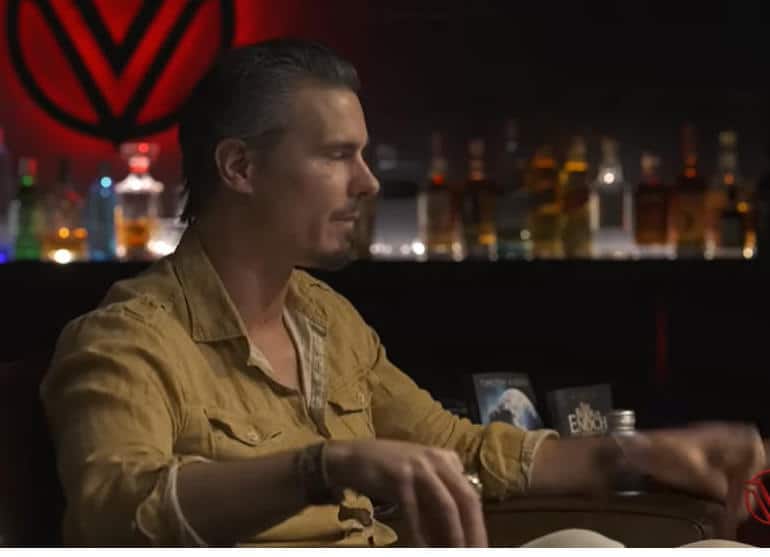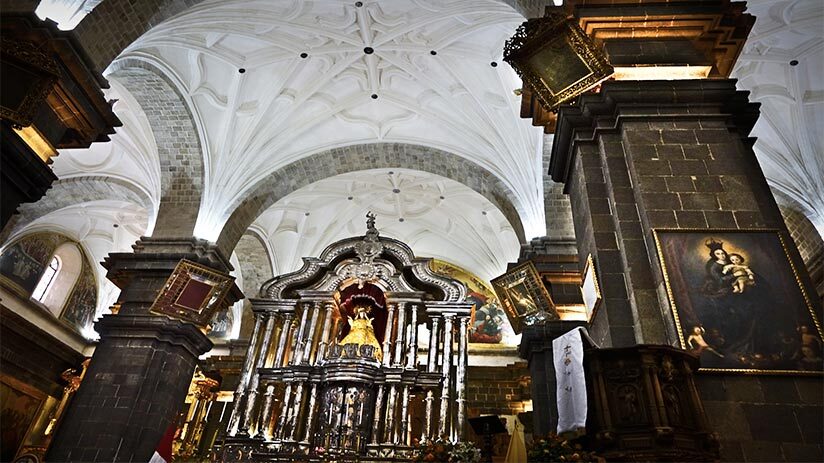The Catholic Church is rich in astonishments.
And mysteries.
There are at least 221,700 Catholic churches around the world (about 950 just in Rome) in 3,500 dioceses. If you include missions, there are over a million parishes; plus 1,850 minor basilicas around the world (by one count; four, all in Rome, are “major” ones).
Few structures are more fascinating than the Church and Convent of Santo Domingo del Cuzco on the Pope’s home turf of Peru.
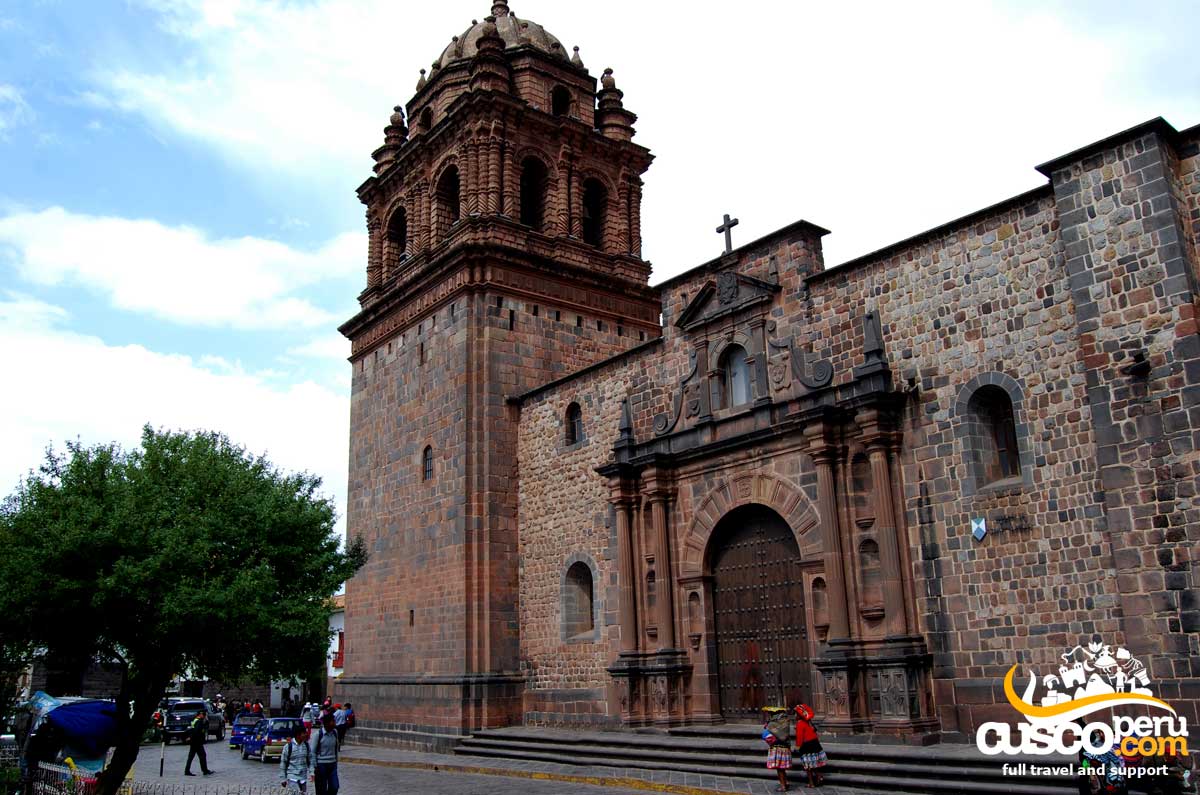
This edifice was built on the foundations of the famous “Inti cancha” in 1534, an Inca Temple of the Sun that was the most sacred spot of the entire and vast Inca Empire.
That construction atop the Incan ruins represented the annulment of the ancient pagan cult.
Some time later the temple, known as the Place of Gold, was looted: almost completely stripped of the incredible walls and vessels of precious metals, mainly that gold, that decorated it.
The church now stands as a secret gateway—literally—to the ancient past, off-limits to the vast majority of visitors, in fact, as stated, virtually secret.
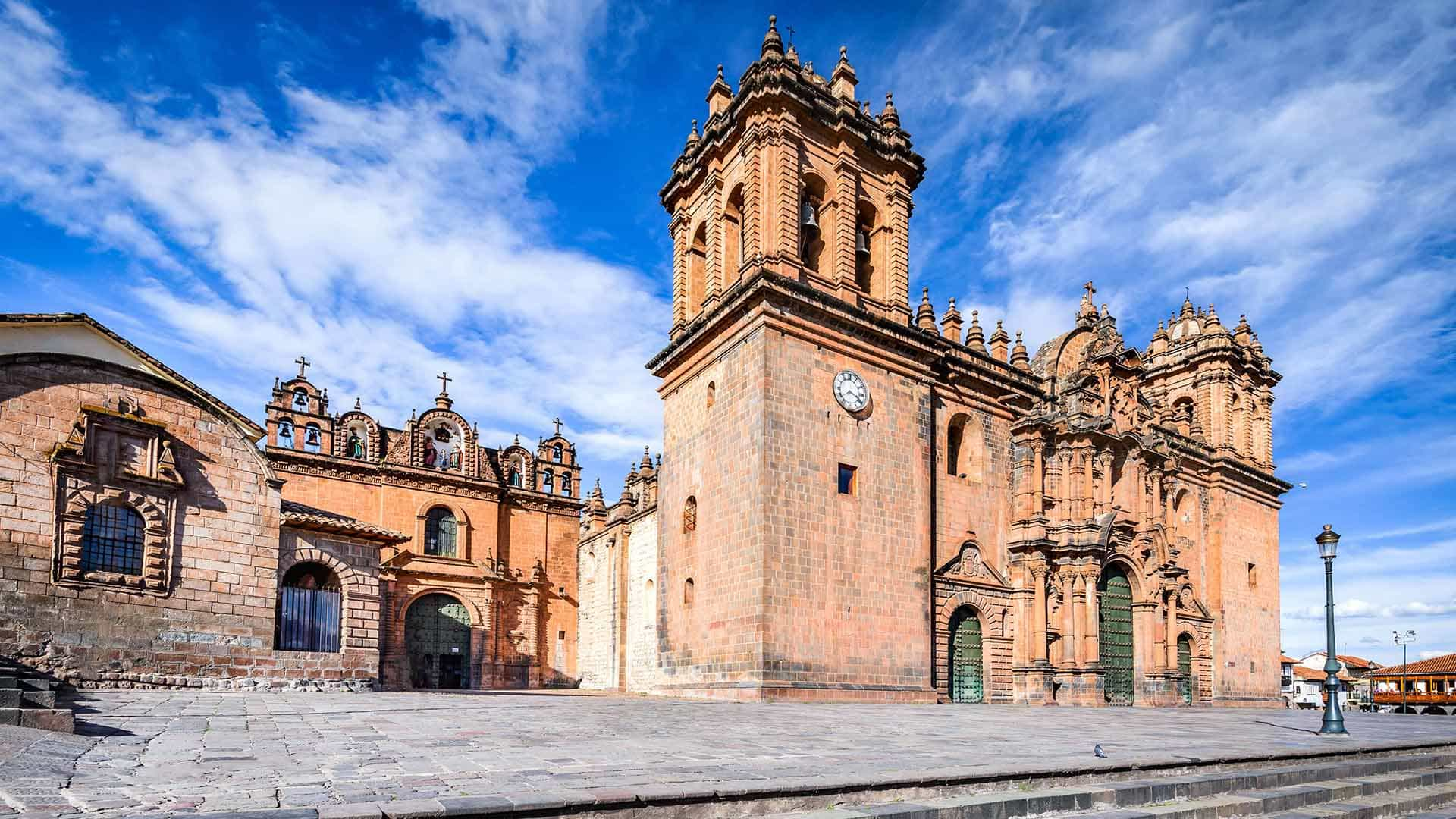
Mummified Incan emperors are beneath what was the most sacred place in the empire. For when the Indians got wind of Spanish explorers, they took their most important artifacts into a tunnel beneath the temple.
“This tunnel runs for one mile,” notes explorer Timothy Alberino (in a Shawn Ryan podcast)–to other secret tunnels and repositories that span the city and course by or under other Catholic edifices.
The Spaniards never learned about the tunnels and galleries—the “Chinkana.”
Life-sized figurines in gold.
Alberino and Peruvian explorer Anselm Pi Rambla were the ones to locate the tunnel entrance, which Alberino claims include pre-Incan artifacts.
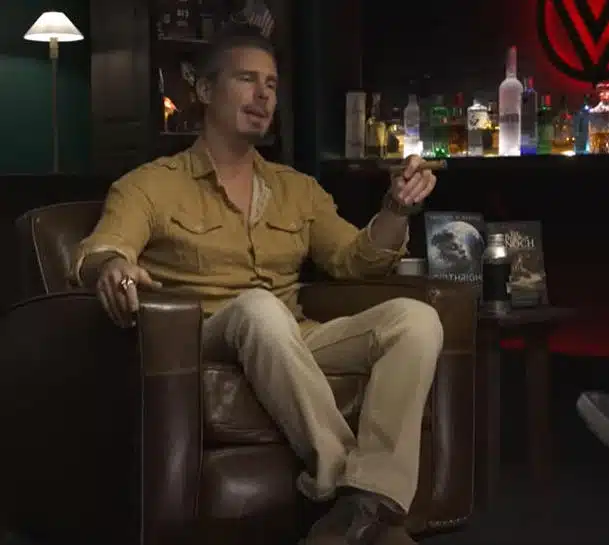
This incredible entry to the mysteries of prehistory is overseen by the Dominican Order.
Anselm met with the prior and asked if the rumors of the tunnel were true, at which point, according to Alberino’s rendition, the chief Dominican priest thought a moment, looked at Anselm, and said, “Yes, the legend is true”–and then, to the explorer’s shock, asked if he wanted to see it.
They then proceeded into the church, pushed an altar out of the way, and there was a trapdoor under the altar.
Anselm opened the trapdoor with his companions and descended down a set of stairs to a colonial crypt. There they noticed an opening that was partially covered with bricks. When Anselm asked the priest what it was, the prior said, “That’s Chinkana”—the lost city no one had publicly discovered and perhaps the greatest discovery since Machu Picchu.
Their flashlights revealed masonry as exquisite as what was above.
The tunnel was trapezoidal and seemed to go on forever. Overwhelmed with excitement, Anselm said he would go get his exploration team, remove the rest of the bricks over the opening, and film there.
“No, no, no,” answered the priest, turning on a dime. “I should not have brought you here! You are not supposed to see this. Get out.”
Says Alberino, “Now Anselm knows the rumors are true, that the tunnels [under the church] lead to the most important treasures of the Incan Empire.
Ultimately—in Alberino’s telling—they “miraculously” were later able to get permission to excavate. When they arrived to do that, Anselm went into the cathedral and saw that the floor had been retiled. It appeared the gallery had been filled in, perhaps with debris from a quake. The crypt was now inaccessible. The team was barred from the church despite a visit there by Peru’s king and queen.
It made international news. Alberino believes it’s “pre-Flood.”
Later, assisted by a more cooperative second priest, they tracked it with ground-penetrating radar (GPR). The priest told Anselm that the Dominican Order knew of the Chinkana, also called the “Labyrinth” or “the Place Where One Gets Lost.” Some believe the cavern is cursed. He showed Anselm a crown cast in pure gold that was now on a statue of Mary that they called “The Crown of the Virgin and the Child.”
It is said there is a great treasure down there. This was attested to by a young man in the early 1900s who with a friend had somehow, somewhere, found his way down there but, true to legend, got lost. One died, the other was rescued when priests heard a knocking on the church’s floor. The surviving young man had in his hand an ear of corn made with solid gold. This was recast for the Virgin’s crown. (This second young man, ravaged by the experience and said to have gone mad, and also soon died.)
“The tunnel is there,” says Alberino. “The question is: What’s down there? What’s sequestered beneath the walls?”
Will it tell them who the builders were–who, most mysteriously, preceded the ancient Incas?
“There’s something below,” is all Alberino can say for now. “The tunnel is there.”


